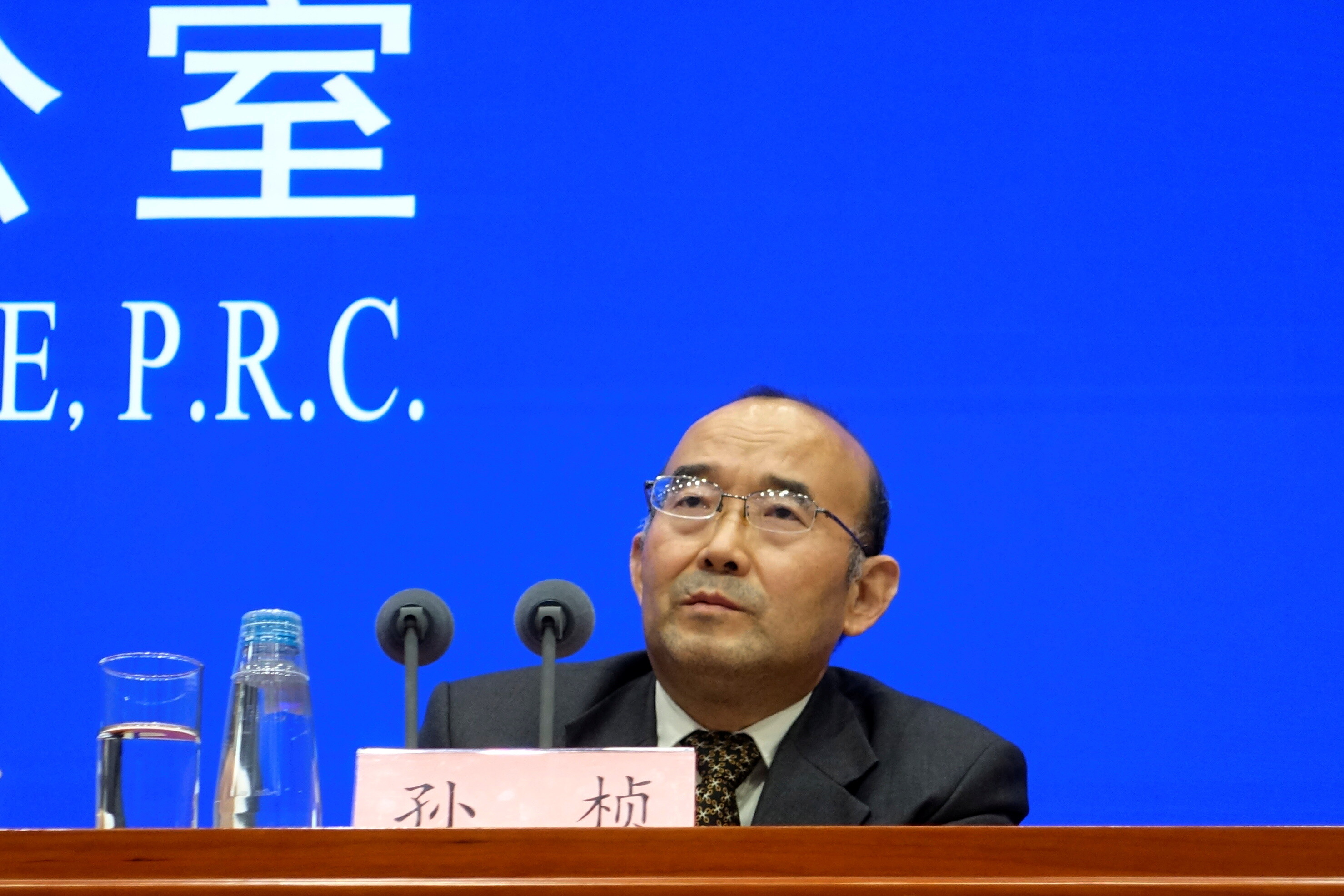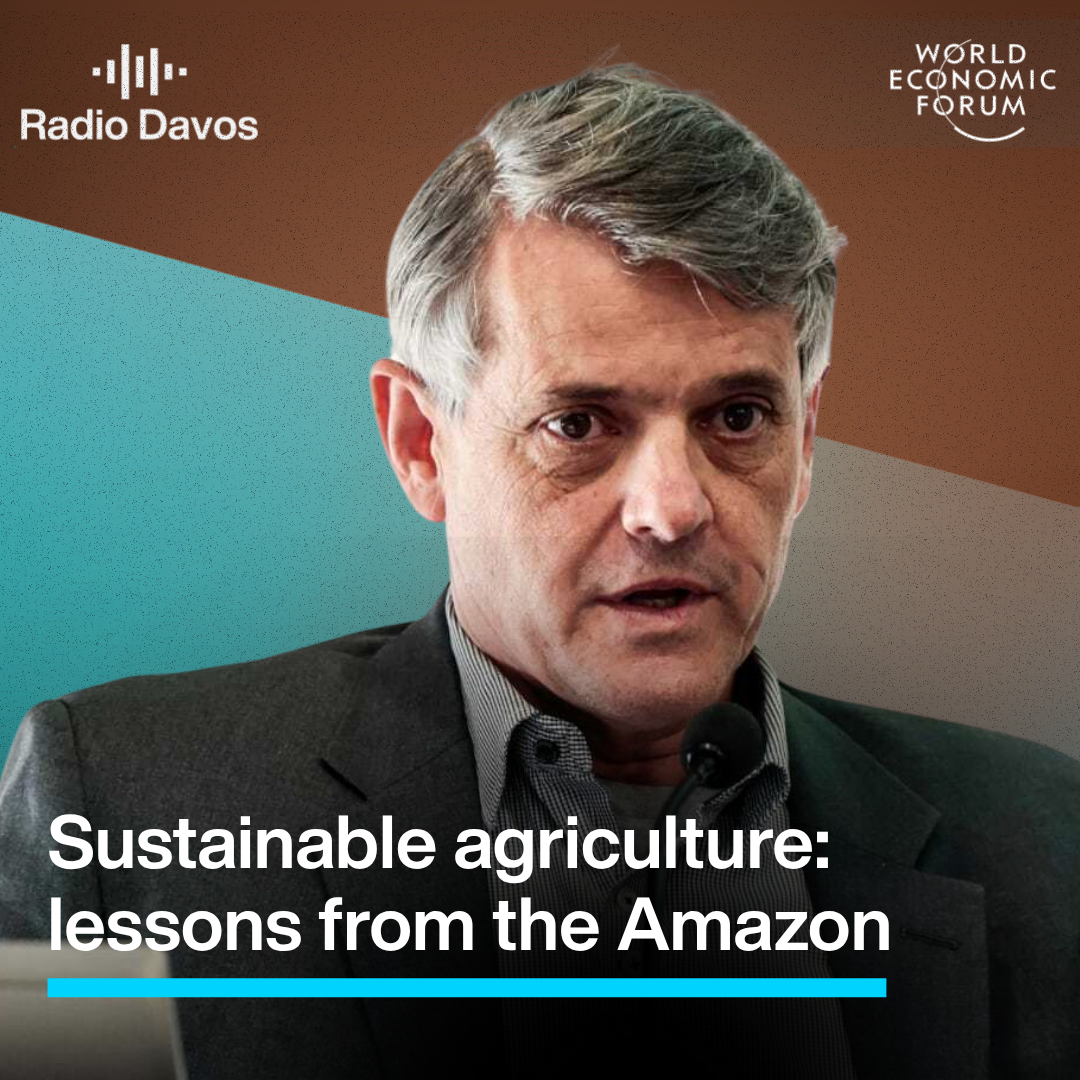Battery industry at the forefront of a sustainable economy

Battery technology is key to lowering transportation's 24% contribution to global carbon emissions. Image: Freepik (teksomolika)
- In 2020, investments and value creation in green transportation and energy surpassed US$1 trillion.
- Battery technology can help reduce global carbon emissions and improve air quality.
- Manufacturing the next generation of batteries will boost employment and contribute to a more sustainable world.
2020 brought the world more than its fair share of seismic changes. Everything from healthcare, to the way we work, and even greet each other has been deeply impacted by the pandemic. One could be forgiven for missing another major development, less obvious but with profound positive impacts for the coming decades: the green revolution is now fully underway.
Last year marked the first time value creation and capital invested in clean transportation and energy reached US$1 trillion, with over half that amount tied to electric mobility. The shift from fossil fuels is further reflected in the global oil and gas industry’s devaluation of over US$700 billion in the last year – an impact on the scale of other great technological transitions such as the rise of the internet economy or the mobile application wave.
As venture investors in deep-tech companies, and CEO of one of the leading solid-state battery companies in the world, we have participated in this green revolution first-hand. Of course, it didn’t start in 2020: the building blocks of the transition to a net-zero economy were laid over a decade ago by talented entrepreneurial teams, backed by venture capital, and supported by government-sponsored innovation. Without this collaboration the incredible green leap of the past year would have been nearly impossible.
Reducing carbon emissions
Battery technology is key to reducing the bulk of the world’s greenhouse gas (GHG) emissions. It’s central to both the automotive and energy sectors’ transition to zero emissions. Batteries power electric vehicles, which are projected to be the only type of car for sale within a decade in a growing number of countries. Transportation alone accounts for 24% of global GHG emissions, so transitioning to an electrified automotive powertrain is a critical component of any emissions reduction solution.
What's the World Economic Forum doing about the transition to clean energy?
Batteries allow us to access clean power when the sun isn’t shining or the wind isn’t blowing, ushering in the potential for a transportation sector that’s 100% electric and a more resilient grid that’s fully powered by renewable energy. That alone would address two-thirds of global GHG emissions, putting us well on track to meet the Paris Agreement’s goal of a fully decarbonized world economy by 2050.
With air pollution contributing to the deaths of 7 million people annually, the impact of battery innovation on human health and social equity are significant. Indeed, in the US, a strong body of evidence indicates that minority communities are disproportionately affected by air pollution. In a landmark ruling, a British court recognized air pollution as the cause of death for a child who lived alongside a busy ring road. In addition to known climate impacts, the transition to electric vehicles represents a social justice and health imperative.
Batteries have improved rapidly over the past decade, increasing the sales of current generation electric vehicles around the world. Battery costs have fallen nearly 90% since 2010, at the same time performance and reliability have increased. However, even more powerful and robust battery technology is needed to enable the transition away from internal combustion engines in vehicles and gas peaker plants on the power grid.
Investing in technology
At Quantumscape, we are developing the next generation of batteries, using a proprietary solid-state design. QuantumScape’s solid-state lithium-metal batteries offer the potential for greater energy density, faster recharge times and higher safety levels than the batteries currently in use. These features, combined with decreasing battery costs, are expected to further increase the competitiveness of electric vehicles and drive greater market adoption.
From the venture capital perspective, future battery developments are probably one of the most exciting areas of investment. We have an opportunity to help meet the goals of the Paris Agreement, create the next wave of industrial jobs, and earn a share in a fast-growing new industry.
The next great challenge for batteries is manufacturing. The scale of the investment needed—hundreds of billions of dollars in new giga- and tera-factories—will require the participation of global capital markets. Hundreds of thousands of jobs will be created in this decade alone, but where is still an open question. Governments have an important role to play in the scaling-up of this new industry by facilitating new manufacturing sites, training the workforce, and establishing clear regulation and standards.
There is still much work ahead to manufacture the batteries we need to power our cars, buses, trucks, and eventually airplanes. The stationary applications of batteries for renewable energy storage are just in their infancy. But we are convinced that as the battery industry of the 21st century matures over the coming months and years, it will play an outsized role in reducing GHG emissions globally and bring us one step closer to a sustainable and equitable world economy.
Don't miss any update on this topic
Create a free account and access your personalized content collection with our latest publications and analyses.
License and Republishing
World Economic Forum articles may be republished in accordance with the Creative Commons Attribution-NonCommercial-NoDerivatives 4.0 International Public License, and in accordance with our Terms of Use.
The views expressed in this article are those of the author alone and not the World Economic Forum.
Stay up to date:
Climate Crisis
Forum Stories newsletter
Bringing you weekly curated insights and analysis on the global issues that matter.
More on Climate Action and Waste Reduction See all
Planet in focus: The technologies helping restore balance – and other news to watch in frontier tech
Jeremy Jurgens
November 13, 2025








